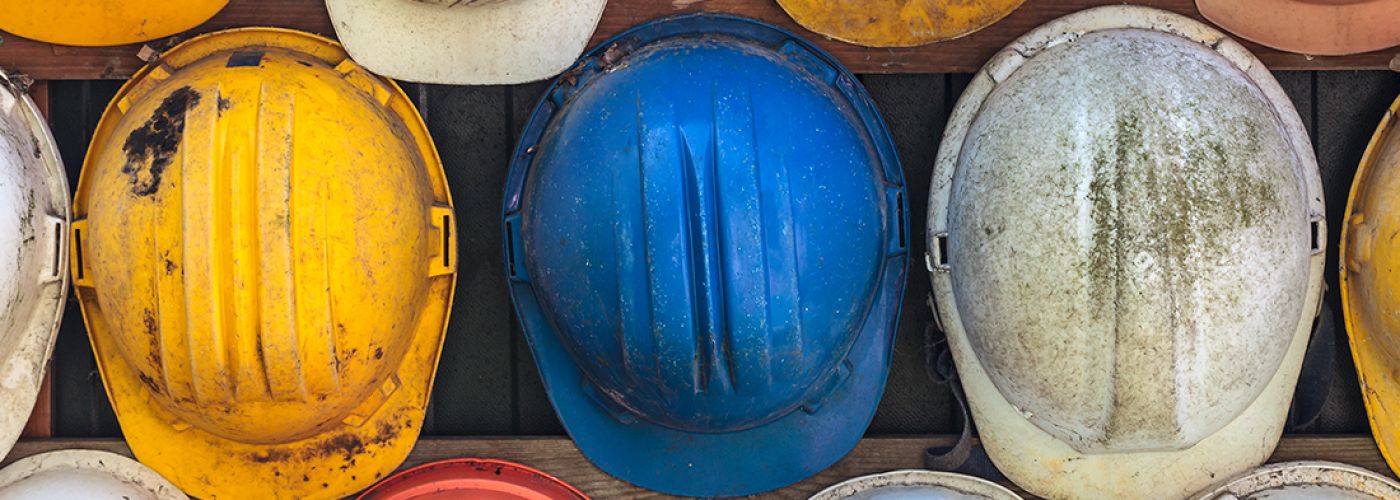To the average outside observer, the humble hard hat is a fairly simple piece of kit that, while being an essential part of construction work, doesn’t need much looking after. Hopefully, most of us on the inside know that isn’t the case, but it appears that many workers in the industry either aren’t fully clued in on the matter of proper hard hat care or simply don’t pay it much thought.
A recent study from brain injury association Headway and safety manufacturer Centurion suggested as much, with a number of worrying statistics including a significant number of workers not reporting head incident injuries to management or practicing proper care of their PPE. With that in mind, it’s worth a refresher on the fundamentals of hard hat care and checking. Based off of Headway and Centurion’s Hard Hat Awareness study, here are five of the staples every worker should know.
Marking your hat
With hard hats being made from materials designed to provide a number of key protections – penetration-resistance, shock-absorbance and water- and fire-resistance – it’s essential they’re protected from ‘chemical attacks’ that can result from the application of labels, pens, or decals.
42% of workers have never applied any of the above to their PPE. However, of those who have, over a third (36%) have applied a label, a quarter have applied a sticker and 15% have marked a hat with a felt tip pen.
Cleaning
A hard hat should be cleaned at least once a month to remove chemicals, oil, grease, sweat and other dirt it may have picked up. Cleaning should be carried out with warm, soapy water and a soft cloth.
58% of workers have never cleaned their hard hat, while 41% have using the correct method. The remaining 1% have cleaned using solvents or abrasives, which can compromise the equipment’s integrity through an aforementioned chemical attack.
Storage
Hard hats can also be compromised by extended exposure to direct sunlight, extreme temperatures and any other conditions that could alter or distort the protective shell. Thus, correct storage of your hard hat is important, however 15% of respondents have stored their helmet in an unsuitable way in the past.
Do hard hats have an expiry date?
Even the highest quality hard hats do have an expiry date, beyond which the integrity of the materials and structure in place can be brought into question, and workers can no longer rely on their PPE to deliver the expected and adequate protections.
24% of workers were unaware that their hard hat can lose effectiveness past its expiry date, while 28% are either unsure how to find their hat’s expiry date or weren’t aware it had one.
Getting the right fit
Correct fit of a helmet is essential to ensure it offers proper protection in the case of taking an impact, however many users are known to wear unlicensed headwear under their hat which can potentially jeopardise their helmet’s effectiveness. From the Headway/Centurion survey, 29% of users admitted to using unlicensed headwear underneath their helmet on site.
In an industry and age where safety is absolutely paramount, some of the statistics surrounding hard hat care and checking should be concerning to employers. The solution to improving these outliers likely lies in improved training and awareness on the matter, but also in encouraging personal responsibility for hard hat users who have remained somewhat naïve to the potential risks attached to improper practices in the past.





